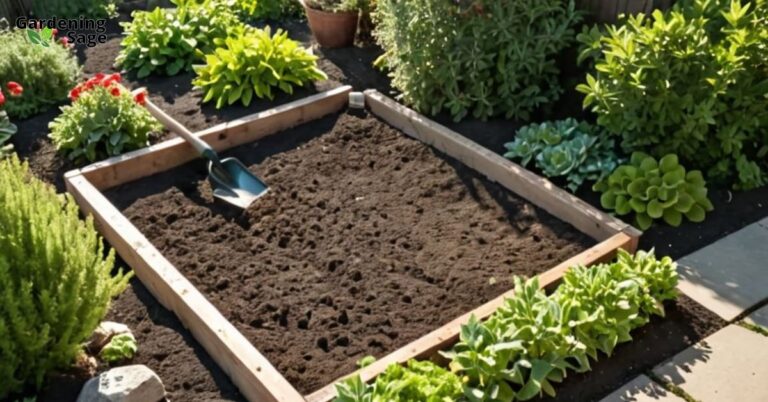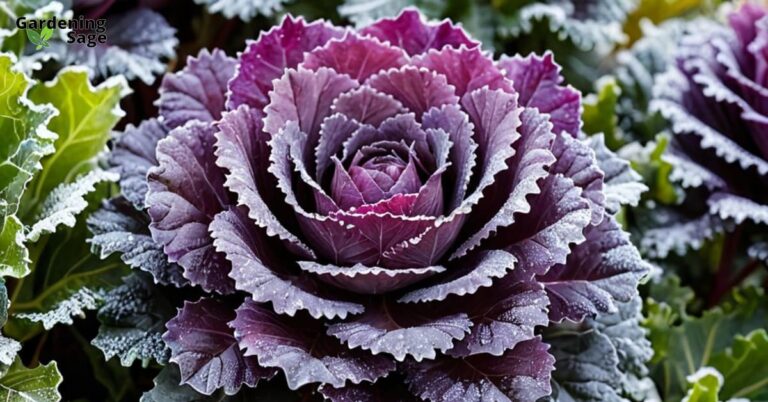Known as the queen of flowers, roses have captivated hearts for centuries with their stunning beauty and alluring fragrance.
Whether you’re dreaming of a classic rose border, a cottage garden brimming with ramblers, or a modern landscape featuring the latest hybrids, creating a rose garden from scratch is an adventure in color, fragrance, and form.
This comprehensive guide will walk you through every step of cultivating your perfect rose garden, from selecting the right varieties to caring for them through the seasons. No matter your experience level, this guide aims to inspire and assist you in bringing the timeless elegance of roses to your outdoor sanctuary.
Understanding Rose Varieties
Roses are incredibly diverse, with thousands of varieties to choose from. They range from the ancient and robust old garden roses to the continuously blooming modern hybrids.
Familiarize yourself with different types: hybrid teas are known for their classic form and long stems, floribundas for their profuse clusters of blooms, and climbers for their ability to cover walls and trellises.
Understanding the growth habits, bloom cycles, and fragrance levels of each type is crucial for making informed choices that suit your garden’s design and your personal preferences.
Selecting the Perfect Location
Roses thrive in a location with at least six hours of direct sunlight daily. Choose a spot in your garden that is well-draining and receives ample morning sunlight, which helps dry the leaves and prevent fungal diseases.
Consider air circulation too, as roses benefit from gentle breezes that help keep their foliage dry and disease-free.
Avoid areas where roses have been grown previously, as this can lead to soil-borne diseases affecting your new plants.
Soil Preparation and Planting
Preparing the soil is key to growing healthy roses. They prefer rich, loamy soil with good drainage.
Enhance your soil by adding organic matter like compost or well-rotted manure. This not only improves soil texture and drainage but also adds essential nutrients.
The best time to plant roses is during their dormant period, typically in late winter or early spring, depending on your climate.
When planting, ensure that the graft union (the swollen part where the stem meets the roots) is just above the soil level. Plant roses at least 2-3 feet apart to allow for growth and air circulation.
Watering, Feeding, and Mulching
Consistent watering is vital for roses, especially during their first year and in dry conditions. Water deeply and directly at the root zone to encourage strong root development.
Avoid overhead watering to reduce the risk of leaf diseases. Roses are heavy feeders and benefit from regular fertilization. Use a balanced, slow-release fertilizer designed for roses, starting in early spring and continuing through the growing season.
Mulching around your roses helps retain moisture, suppress weeds, and add organic matter to the soil. Use organic mulch like shredded bark or composted leaves, keeping it away from the base of the plant to prevent rot.
Pruning and Maintenance
Pruning is essential for maintaining the health and vigor of your roses. The general rule is to prune in late winter or early spring, removing dead or diseased wood and thinning out crowded areas to improve air circulation.
For most varieties, cutting back about one-third to one-half of the previous year’s growth encourages healthy new shoots and abundant blooms. Climbing roses requires a different approach, focusing on securing and training the main canes while pruning side shoots.
Regular monitoring of pests and diseases is crucial. Common issues like aphids, black spots, and powdery mildew can be managed through cultural practices and, if necessary, appropriate treatments.
Always clean your pruning tools between cuts, especially when dealing with diseased plants, to prevent the spread of pathogens.
Designing Your Rose Garden
Designing a rose garden offers a chance to express your creativity. Consider color themes, bloom times, and heights to create a harmonious and visually appealing garden. Intersperse roses with companion plants like lavender, catmint, or salvia to enhance biodiversity and reduce pest issues.
For a traditional look, formal rose beds with symmetrical designs are timeless, while a more relaxed, cottage-style garden allows for a mix of roses, perennials, and annuals, creating a tapestry of colors andures.
Incorporate different rose forms, like shrub roses for structure, climbers to cover vertical spaces and miniature roses for borders or containers.
Remember, a rose garden is not static; it evolves, allowing you to experiment and adjust as you learn and grow as a gardener.
Bringing Roses Indoors

Roses aren’t just for outdoor enjoyment; they make exquisite indoor displays.
Cut roses early in the morning, choosing buds that are just starting to open. Use a sharp, clean cutter to make a clean cut at a 45-degree angle. Immediately place the stems in water to maximize vase life.
For indoor arrangements, remove any leaves that will be below the water line to prevent rot. Change the water every two days and recut the stems to keep the roses fresh.
A floral preservative can extend their lifespan. Display your arrangements away from direct sunlight and drafts to enjoy their beauty and fragrance indoors.
Cultivating Your Perfect Rose Garden
Creating your perfect rose garden is a fulfilling journey that rewards patience and care with stunning beauty and fragrance.
Whether you’re crafting an intimate rose haven or an expansive floral showcase, the versatility and allure of roses make them an ideal choice for gardeners of all levels.
Embrace the process, learn from your experiences, and watch as your rose garden becomes a source of joy and pride.














